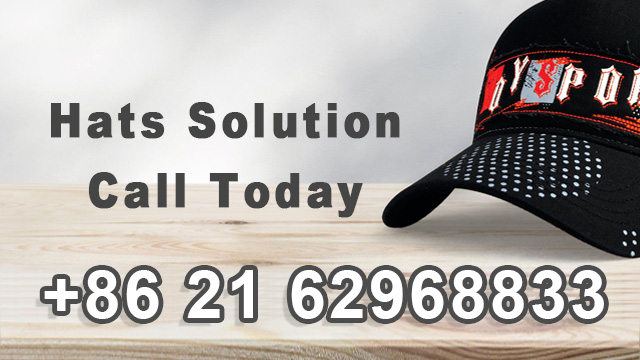Step 1: Material Selection for Crafting the Perfect Beanie
The first step in crafting the perfect beanie is to choose the right fabric. The choice of fabric directly impacts the comfort, warmth, and durability of the beanie. Common materials used for making beanies include wool, acrylic, cotton, and blends of these fabrics.
Step 2: Preparing the Knitting Machine and Program for Production
After selecting the materials and design for the beanie, the next step is to prepare the knitting machine and program for production. This involves setting up the knitting machine according to the specifications of the beanie and programming it with the specific pattern. The machine will then knit the beanie according to the programmed pattern, ensuring consistency and speed.
Step 3: Creating the Beanie’s Design and Pattern
Designers brainstorm ideas and sketches based on current trends and customer preferences. Once the design is finalized, it is transferred to computer-aided design (CAD) software for adjustments. The pattern is then created based on the desired size and shape of the beanie. The factory uses specialized machinery to transfer the design and pattern onto the fabric, which is then cut and sewn together following the pattern.
Step 4: Knitting the Beanie with Precision
The factory receives design specifications from the client or designer and creates a digital representation of the beanie using specialized software. The pattern is created, and a physical template is made to guide the production process. Meticulousness and precision are crucial in creating an impeccable design and pattern for the beanie.
Step 5: Inspecting and Quality Checking the Finished Beanie
Each beanie undergoes a rigorous inspection process to ensure the highest level of quality. Trained professionals carefully examine each beanie for defects such as loose threads, uneven stitching, or incorrect sizing. The materials used in production are also checked for quality. This thorough inspection guarantees that only the best beanies are released to the market.
Step 6: Adding Tags, Labels, and Embellishments to Enhance the Beanie’s Appeal
Tags and labels provide important information about the beanie, such as brand, material composition, and care instructions. They also add a touch of professionalism and help differentiate the brand. Embellishments like patches or pom-poms can be securely attached to enhance the beanie’s appeal.
Step 7: Washing and Blocking the Beanie for the Perfect Fit and Finish
Consider the material of the beanie and follow the care instructions or manufacturer’s guidelines for washing. Machine washable beanies can be placed in a mesh laundry bag or pillowcase for protection. After washing, the beanie is pinned to the desired dimensions to retain its intended size and shape.
Step 8: Packaging and Preparing the Beanies for Distribution
Each beanie is neatly folded to maintain its shape and fit into the packaging. If there are embellishments or tags, they are positioned appropriately to enhance the presentation. Packaging boxes that provide ample protection during transit are selected, and some brands may add custom-branded packaging or a thank-you note for a personalized touch.
Step 9: Shipping and Distribution Process to Retailers or Customers
The final step is shipping the beanies to retailers or customers efficiently and in top-notch condition. Offering shipping choices, such as standard and expedited options, allows customers to choose what suits their needs. Providing flexibility in shipping boosts customer satisfaction and loyalty.
Joysport has always followed these steps to customize personalized hats for excellent customer service. Please click on the beanies in the navigation to learn more.


